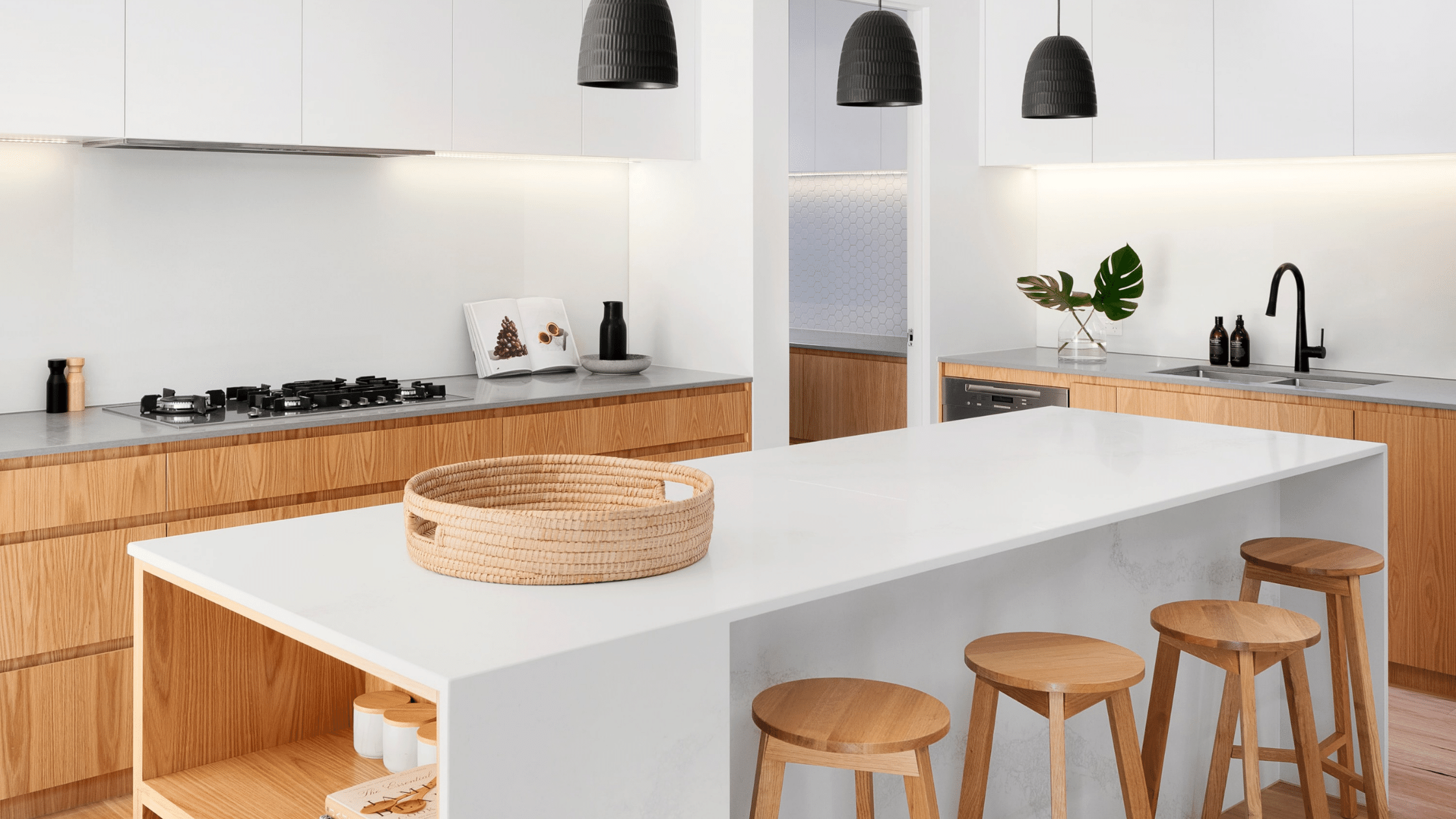
Colour is a very important factor affecting the psychology of human beings. Right from the bright colours of seasons to the clothes and cars we purchase, and the way we design our homes, every part of our lives consists of colours.
For any interior design, colour plays an effective role. Not only because it is what we see all day but each colour has a specific psychological effect on the emotions and perceptions of our mind. The study of what those particular responses might be is called colour psychology.
While choosing the colours for walls, furniture, and appliances, we promote the associations attached to the colours, which eventually affect our own thoughts and feelings.
Though the colours we gravitate towards have a strong environmental influence from childhood and culture, colours themselves contain their own purposes.
Particularly talking about the kitchen, it is necessary to think about the kitchen’s functionality but, it is equally important to keep in mind that the way you colour it can give a distinct personality that works to provide you with specific emotions as well. Applying colour psychology to the kitchen can set the tone for the rest of your spaces. It is said that the design of a house is the reflection of the owner. So in order to help you make the best choices, we will run through the psychology of some highly known colours. There is no ideal colour defined for kitchens, but our guide will help you learn about how colours can evoke an internal response.
White
White, when talking about colour psychology solely represents innocence, purity, creativity, and cleanliness. This colour particularly embodies the concepts of new beginnings and refreshment as white is portrayed as a blank canvas. Depending upon your geographical location, white can have opposing ideals. In Western countries, white is used to convey the big celebrations of life such as weddings whereas, in Eastern countries, white is linked with death and grief. But in interiors, it is a popular tone as it reflects all wavelengths of light and lets a space feel bright.
Blue
The ocean is the first thing we think about when we see or hear blue. When we immerse ourselves in the ocean, we tend to feel calm, tranquil, and restored. Not only the physical side, but the visual sea of blue also plays a part in colour psychology. It makes us feel calm and also boosts productivity levels when compared to red or white rooms. This is the colour that generates a sense of peacefulness and understanding. For many homes, the kitchen is the place of productivity and sets the tone for communal areas. Blue is your colour if your goal is similar.
Yellow
Yellow is the happiest colour on the spectrum. It is the most attention-grabbing colour visible to our eyes, hence it is great to use when you like to do something out of the box. Yellow is an energetic hue that represents youthfulness and joy. In colour psychology, this colour brings feelings of cheerfulness, warmth, hope and fun. It is known to inspire thought and creativity while on an emotional level, it lifts spirits and encourages optimism. These emotions are probably influenced by our connection to the sun as we represent it visually with yellow. It is a playful tone that can help brighten up any areas of austerity in the kitchen.
Grey
Modern, sophisticated, impartial, and soft tone grey is the colour that opens up new ideas and activates intuition. Certain grey tones can feel sombre while some will impart a modern feel. Its diplomacy helps create a stable environment. If you are someone who is flipping houses, this can be your ideal kitchen colour scheme as it is a widely accepted interior tone. Grey paint can help establish a grounding industrial feel in the kitchen. Just an idea – if you like to explore and express grey colours, try installing nickel and gunmetal fixtures and fittings.
Green
Green represents nature, growth, and balance. Green is a colour that transforms spaces through its associations with safety and makes us feel comforted by its refreshing qualities. The colour psychology of Green reflects safety, renewal, growth, and peace. Looking at the scientific viewpoint, green is a low wavelength colour that has been found to improve focus. For calming, natural ambiance, green is the ideal colour for kitchens. Whichever shade you choose, green appliances will deliver a sense of balance and relaxation to your home. Pro-Tip – If you aren’t looking to have greens permanently, you can display plants in the area to achieve the same peaceful quality.
You must choose a colour that you’d like to come home to, at the end of a hectic day. A kitchen is a place where we spend maximum time cooking, so the colour scheme you select must match your ideals.

Awesome blog